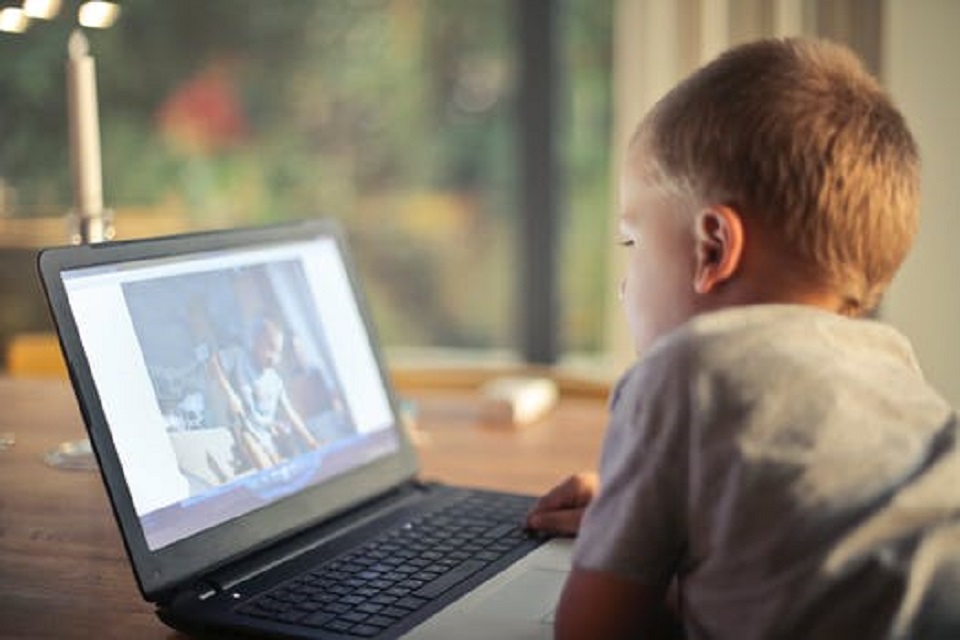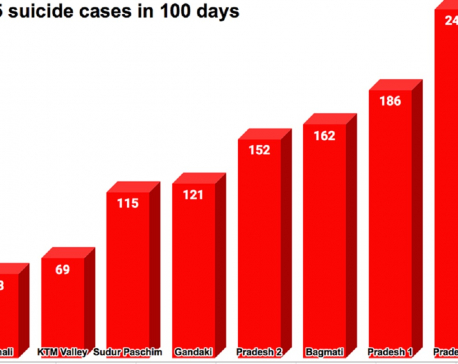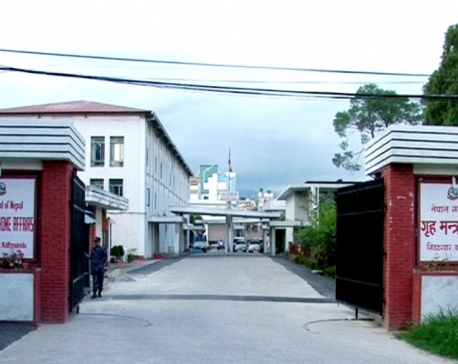
OR

More from Author
The government postponed Secondary Education Examinations (SEE), board exams of grade XI and XII and all university examinations as the nation enforced lockdown to ensure the safety of citizens amid COVID-19 pandemic. The students who were preparing for the examinations are now locked up in their own houses and classes for other students have stopped altogether. In this situation, people have started to express concerns about the education of their children. Educators are likewise worried. Meanwhile, the debate has started on alternative ways of educating people while maintaining social distance.
In Nepal too, some academic institutions have launched e-classes. In such classes, the teacher and students are connected to single-screen access to all the participants, while the teacher initiates the class just in the same way she would do in a real class. This is a good beginning but we also need to understand that no method of learning can supplant the face-to-face discussion that takes place in real classroom situations. The real class possesses both aesthetics of its own and academic freedom of implementation of comprehensive pedagogy. On-campus classes allow the teachers to stand as a bundle of multiple possibilities of plans that include activities to grasp the details, broaden the perspectives, see through the problems, explore new possibilities and find out methods to address them, evaluate the cost of each method, and make the best suitable decision to address the existing trouble of our time.
In the middle of the nineteenth century, the universities devised a new hybrid way of educating people through distance learning or correspondence education. The forces of the market had entered academia for the first time, for the academia served the purpose of industrialization and capitalism in the West through distance learning in the initial phase of such practice. An organized and advanced system of postal services eased correspondence learning and pushed it to the access of the larger mass.
Actually, such learning served two purposes. As two large and pivotal structures of society, both market force and university benefitted reciprocally through their continued engagement with the same human resources. The shared goal of the market and academia was mutually realized through correspondence learning. Yet, it always remained an alternative mode of learning for all the parties: the learner, the university, and the market.
The advent of internet technology in mid 19902 had a substantial impact on alternative modes of education. Now, the universities turned to the digital space where the learners and the universities shared the electronic space to conduct virtual meetings, explore new possibilities of discussion through online threads, and distribute electronic texts and video resources to all the learners to use at home. The channels of distribution and collection of the written assignments were virtually set as per the need of the learners. The academia revisited their earlier approaches of imparting knowledge through distance mode and redesigned the curricula to suit the spirit of the era.
In the current pandemic, many academic centers claim to launch online teaching. They seem to think of e-class and online teaching as the same. But they are not. Appropriation of online teaching requires rigorous research, experimentation, design, training, and execution over a period of time. Web applications like ‘Google Meet,’ ‘Zoom,’ ‘SmartMeet,’ ‘Zoho Meeting,’ and the like surely help bring a lot of people together in such critical hours so as to discuss about issues from a regular classroom. Though we may call it e-class, this is not online teaching. If our universities accept the contact hours taking place in such digital space as on-campus teaching, there is no harm in attending e-class in such critical hours. Still, the authorities must not be carried away with the excitement that e-classes are a complete substitute for the on-campus discussion. Similarly, the e-conference of participants from a class can by no means become online teaching.
Apart from this, the learners from higher academic programs can explore their own ways of critical engagement in reading and writing, thinking and exploring novel approaches to life, and finding a way of balance in personal and community life. Since we are together in family, we can revive the culture of storytelling, learning about family history and the sounds of birds early in the morning and in the evening. Learning does not completely reside within decoding the dead, black letters only: the green world, and the colorful birds and animals also carry the magic of nature. If we can learn to engage ourselves in such a world and bring the knowledge to discuss in e-class, we can present ourselves more meaningfully both in digital and real space.
You May Like This

Another health crisis is looming; more than 1105 people committed suicide in 100 days
KATHMANDU, July 5: A 31-years-old man from Rolpa committed suicide during his home quarantine on Wednesday. A native of Ramdev... Read More...

Govt bars people from walking on streets from 10 pm to 5 am
KATHMANDU, June 20: The government has barred people from walking on the streets from 10 pm to 5 am except... Read More...

COVID-19 and manufacturing
MUNICH – As the COVID-19 pandemic escalates, the risks inherent in global supply chains are more apparent than ever. Rather... Read More...

Just In
- World Malaria Day: Foreign returnees more susceptible to the vector-borne disease
- MoEST seeks EC’s help in identifying teachers linked to political parties
- 70 community and national forests affected by fire in Parbat till Wednesday
- NEPSE loses 3.24 points, while daily turnover inclines to Rs 2.36 billion
- Pak Embassy awards scholarships to 180 Nepali students
- President Paudel approves mobilization of army personnel for by-elections security
- Bhajang and Ilam by-elections: 69 polling stations classified as ‘highly sensitive’
- Karnali CM Kandel secures vote of confidence



















Leave A Comment